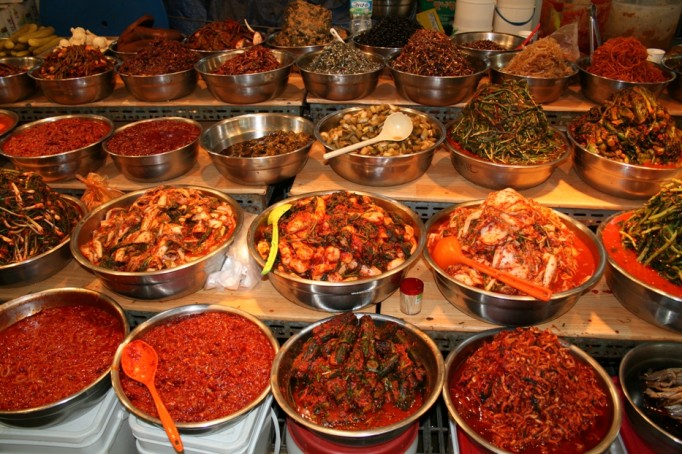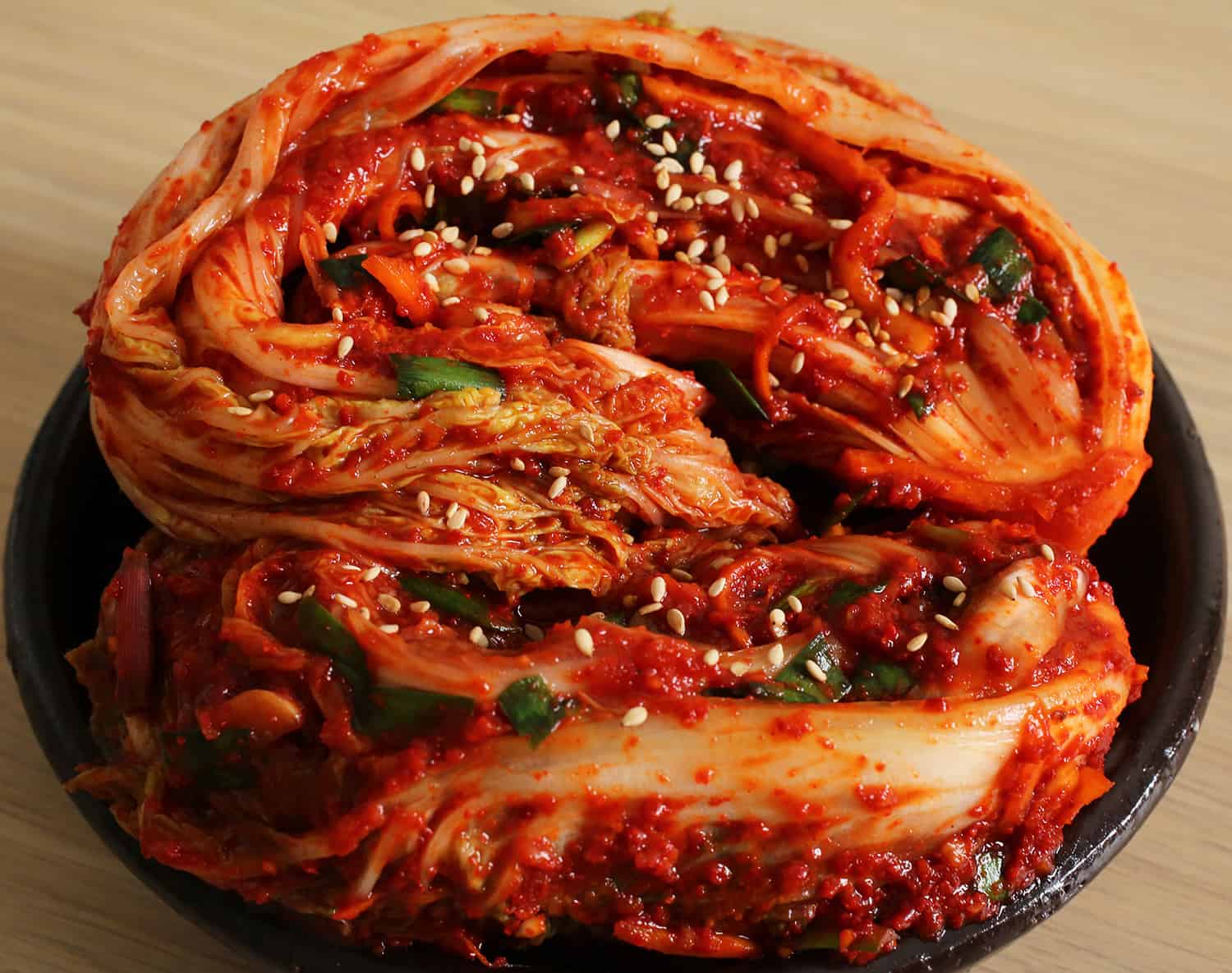Korean Gastronomy
Korean Kimchi
In these last 5 years we have witnessed as masses of people with different nationalities, races, cultures, customs, languages have shown a great interest in this Asian country.
Korea has attracted tourism to a great extent thanks to its music, movies and novels; these have made people put their attention in korean culture. Thanks to this new wave of South korean culture, people see South Korea as their ideal place to live. In that article I am going to write about that essential dish in every South and North Korean home, and if you are thinking of moving to South Korea, you must know what it is.

Historical documents tell that in Korea they ate fermented vegetables with salt 3,000 years ago, but the current Kimchi, the spicy one, was eaten some 250 years ago, since in 1592 came the chili powder from Portugal and Japan.
It has a strong and special smell, its flavor is salty and spicy, it is served as a companion at all meals. Due to the historical importance of this dish, it has been added to the representative list of Intangible Cultural Heritage of Humanity of Unesco.
The kimchi is a fermented preparation made of different vegetables and spices seasoned, its recipe varies depending on the provicia, besides the taste, its healthy properties are a great motivation to encourage you to prepare it at home and more now that the fermented ones have become a gastronomic trend.
Korean kimchi recipe:
Ingredients:
1 chinese cabbage
2 liters of water
100 gr. of rice flour
Spicy paprika
Concentrated fish sauce
3 tablespoons soy paste
2 tablespoons of sugar
4 cloves garlic
2 gr. ginger
1 tablespoon sesame seeds
250 gr. Fat salt
Important note:
It is fermented over time to taste. They can be from several days to more than three years!
The kimchi has a great tradition, since Korea has four seasons and from November to March it is very cold, the low temperatures of the winter months do not allow to cultivate vegetables. This fact is the main reason why Koreans begin to prepare fermented vegetables before the winter begins, a typical custom is that the whole families gather for the elaboration of their fermented foods. Some families help others, since the amounts they produce are enormous. After finishing their preparation, they put the different kinds of kimchi in ceramic jars capable of withstanding temperature changes, even have separate freezers to store all the kimchi that they will eat for months.

Prevents cancer because it contains garlic and ginger. It was verified that the bacteria present in the kimchi annul the development of cancer cells in more than 33%. In addition to being low in calories, has lots of fiber and vitamins C, A, B1 and B2, fermented vegetables are better than raw for the immune system. It stimulates the appetite and cleans the intestines with its content in lactic acid. But high consumption of kimchi and fermented soybean paste (miso) are risk factors for stomach cancer.
There are many types of kimchi there are people who throw veal with broth, sautéed chicken, prawns and other raw seafood. Twenty years ago there were as many kimchi flavors as Korean mothers, but nowadays it is said that there are as many flavors as brands. Grandmothers and older ladies are still preparing kimchi at home, but young women, who work, usually buy it at the supermarket.
The kimchi is eaten everywhere and at any time. From the poorest to the owners of large multinationals, this plate is accompanied by more elaborate plates ones for breakfast, for lunch or dinner. Traditionally it is used as an accompaniment, but it can actually be a dish in itself, only with all its components fermented. Nowadays rice, broths, etc, are made with kimchi. The kimci sauce is used too, mostly for broths. In those cases, since the sauce is already salty, it is not necessary to add more salt.


Comentarios
Publicar un comentario